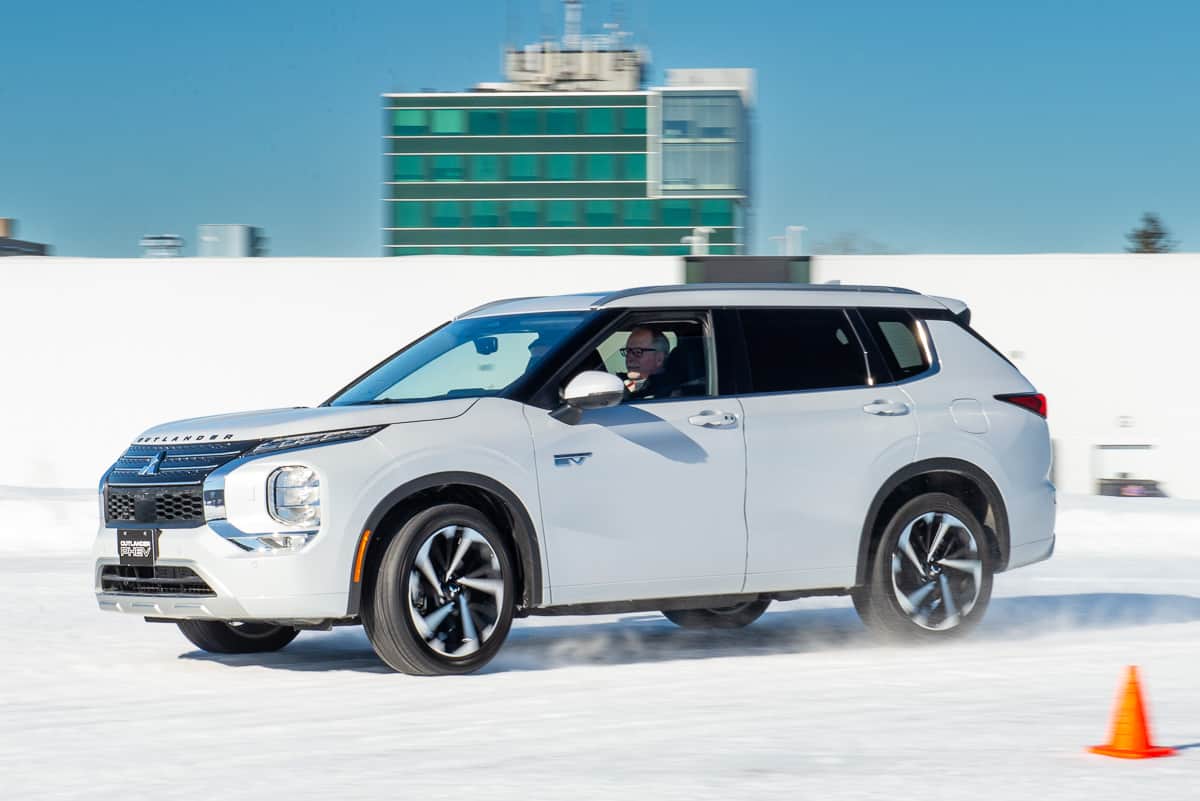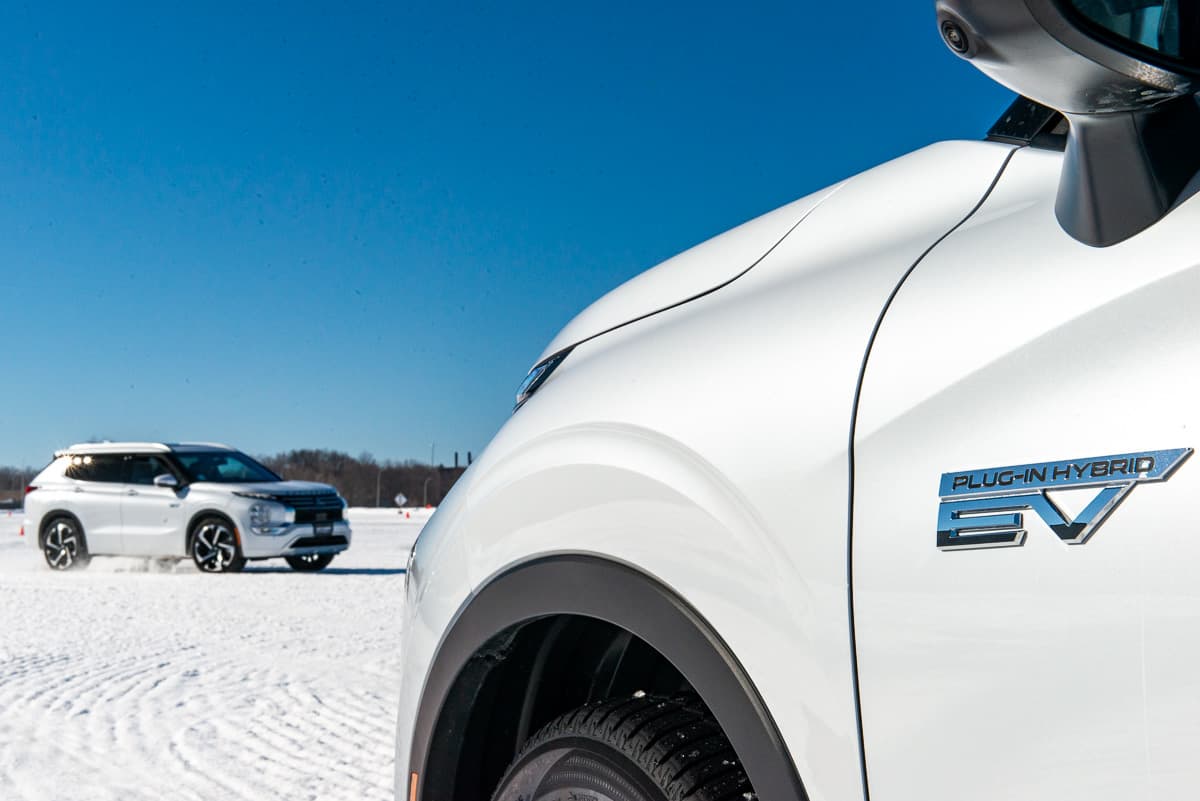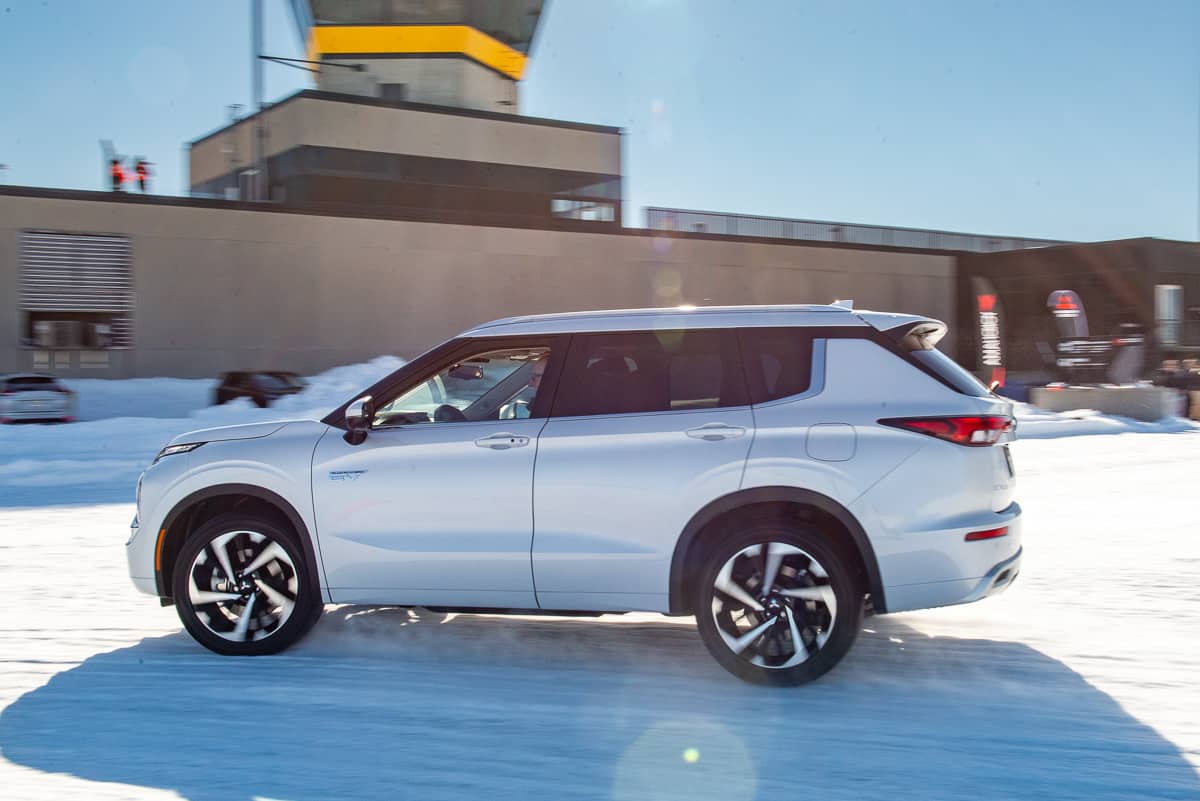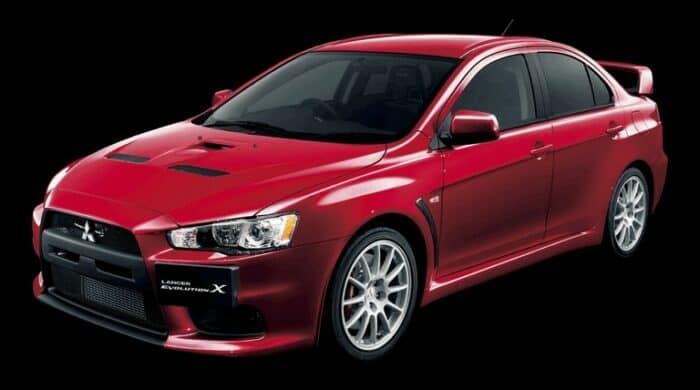Rally, more than any other form of motorsport, pushes driver and car to the absolute limit. Split-second decision-making and nerves of steel are prerequisites when hurtling through snowbound forests inches away from trees or storming through wide gravel sweepers and cresting massive jumps at breathtaking speeds. Rally stages are tough on drivers and tough on the cars, and that brings the need to innovate and invent new technologies to improve safety and go even faster.
Mitsubishi’s all-wheel drive technology is rooted in motorsports
Mitsubishi was a dominant force in the Rally world. The legendary Lancer Evolution is one of the most recognizable rally cars, along with its arch nemesis, the Subaru Impreza WRC. Together, they formed one of the greatest rivalries in the history of the sport.

Stories of the Audi Quattro S1 are familiar, along with how it and the other Group B rally cars were banned from racing on account of being too fast and too difficult to control. Audi put all-wheel drive on the map in rally racing, but Mitsubishi soon began to make a name for itself in the Group A class with their Galant VR-4 that debuted in 1988. The engineer behind the all-wheel drive system on that car was Kaoru Sawase, who had only recently started working for the company.
A new all-wheel drive system ahead of its time
Sawase-san is known as the “godfather” of Super All Wheel Control (S-AWC) among his colleagues and he was the genius behind Mitsubishi’s first electronically controlled centre-differential all-wheel drive system. It was the first of its kind to incorporate four-wheel steering, four-wheel ABS, and an electronic suspension all managed by a computer. It was way ahead of its time.

“I joined Mitsubishi Motors in 1988, and from the start, I developed Mitsubishi’s AWD system,” he said. First fitted to the Galant VR-4, it was subsequently migrated into the smaller and lighter Lancer sedan, which succeeded the Galant in the Group A class.
Sawase-san drew inspiration from the R32 Nissan Skyline GT-R and the exotic Porsche 959, the only other cars with such an advanced all-wheel drive system at the time. Sawase-san says he “learned the technology from Porsche and Nissan GT-R.”
“The Galant was front-wheel drive,” he says. “On the other hand, GT-R and Porsche were rear-wheel drive, so I think about how to [adapt] this type of system to front-wheel drive.”
Torque vectoring is born
The Lancer Evolution picked up right where the Galant dropped off and continued winning. In 1996, Sawase-san developed an innovation called Active Yaw Control (AYC). AYC was the first example of torque vectoring, but it didn’t go by that name yet. A torque-vectoring rear differential allows torque to be transferred independently to each rear wheel. Before this, there was torque transfer from front to rear or rear to front but not side to side on the same axle. Torque vectoring added another layer of control and allowed the Lancer to become even faster in the corners and more successful in racing.

“The Lancer EVO team and my team [were] always discussing how to improve vehicle performance,” Sawase-san says. “The WRC engineering team was only five people. Also, my team was just five people.”
Torque-vectoring is common in the industry today. Acura calls it “super handling all-wheel drive”; the VW Golf R uses it, and so does Lamborghini and Ferrari. And it’s all for the same reason: improved handling and control. It makes cornering easier for any driver.

Mitsubishi’s Super All-Wheel Control (S-AWC) system, as it is known today, first debuted in 2007 on the Lancer EVO X, the final iteration of that car. The Outlander PHEV has all-wheel drive because it uses electric motors on the rear axle. It doesn’t have a mechanical connection to the front axle, so it’s mechanically very different than the rally car, but according to Sawase-san, “the theory behind it is the same.” S-AWC technology is also used in the non-plug-in Outlander and Eclipse Cross.
Mitsubishi’s S-AWC tech has real pedigree behind it but, more importantly, a brilliant engineer who shaped the way modern four-wheel drive systems work.


